Top 8 loại năng lượng sạch phổ biến nhất hiện nay
- 03-01-2022 14:52:41
- 44
What is clean energy?
Clean energy is a form of energy that does not create harmful wastes that affect the surrounding environment in the process of doing work. Usually, clean energy sources are available from nature or are the products of natural products, so they do not cause pollution and are less depleted. Clean energy does not pollute the environment and is renewable.
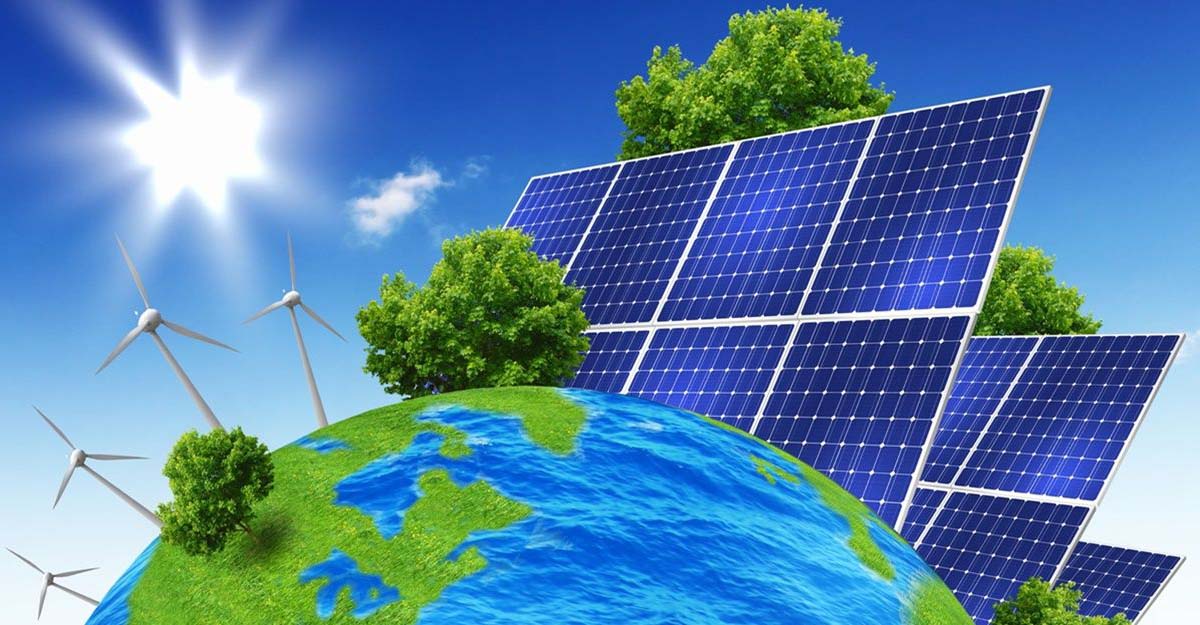
Top 8 types of clean energy today
1 - Solar energy
2 - Wind energy
3 - Water energy
In addition, the energy source from the ocean is also extremely rich. Waves and tides are used to spin turbines that generate electricity. The generated power can be used directly for equipment operating at sea. Such as lighthouses, buoys, wharfs, navigation systems, etc.
4 - Energy from the snow
5 - Geothermal energy
6 - Fuel cell
7 - Biomass energy
8 - Methane hydrate
The benefits of clean energy for people and the environment
Using clean energy is directly related to the formation of a civilized lifestyle and sustainable development of a country. In addition, it also creates regional economic potential. And strongly develop the energy security of the whole country.
Epilogue
Năng lượng sạch chưa được khai thác tối đa, nhưng nó đã góp phần vào sự thay đổi môi trường sống của chúng ta. Trái đất đang nóng lên từng ngày vì sự biến đổi khí hậu do ô nhiễm môi trường, chính vì vậy việc khai thác và sử dụng năng lượng sạch như một hướng đi mới, khi mà tình trạng khan hiếm nhiên liệu.
News other
-

How many types of solar inverters are there?
10-01-2022 17:15:06 Details
-
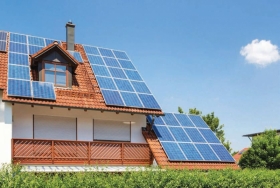
Install a solar battery system properly
10-01-2022 16:25:02 Details
-

The Vietnam Renewable Energy Community organizes a Caravan journey towards the Central region
10-01-2022 09:12:28 Details
-
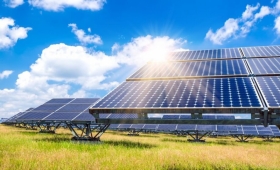
Solar panel system rotates in the direction of the sun – Up to 30% higher efficiency
10-01-2022 09:11:15 Details
-
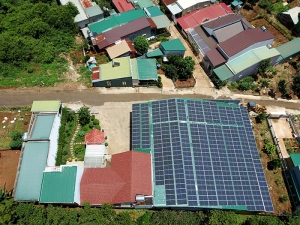
Why is solar power in the Central Highlands extremely ”hot” in 2020?
10-01-2022 09:04:02 Details
-
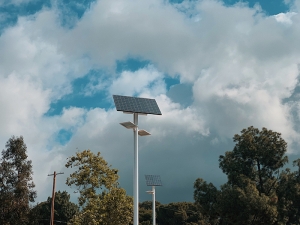
What are solar lights?
10-01-2022 09:01:07 Details


